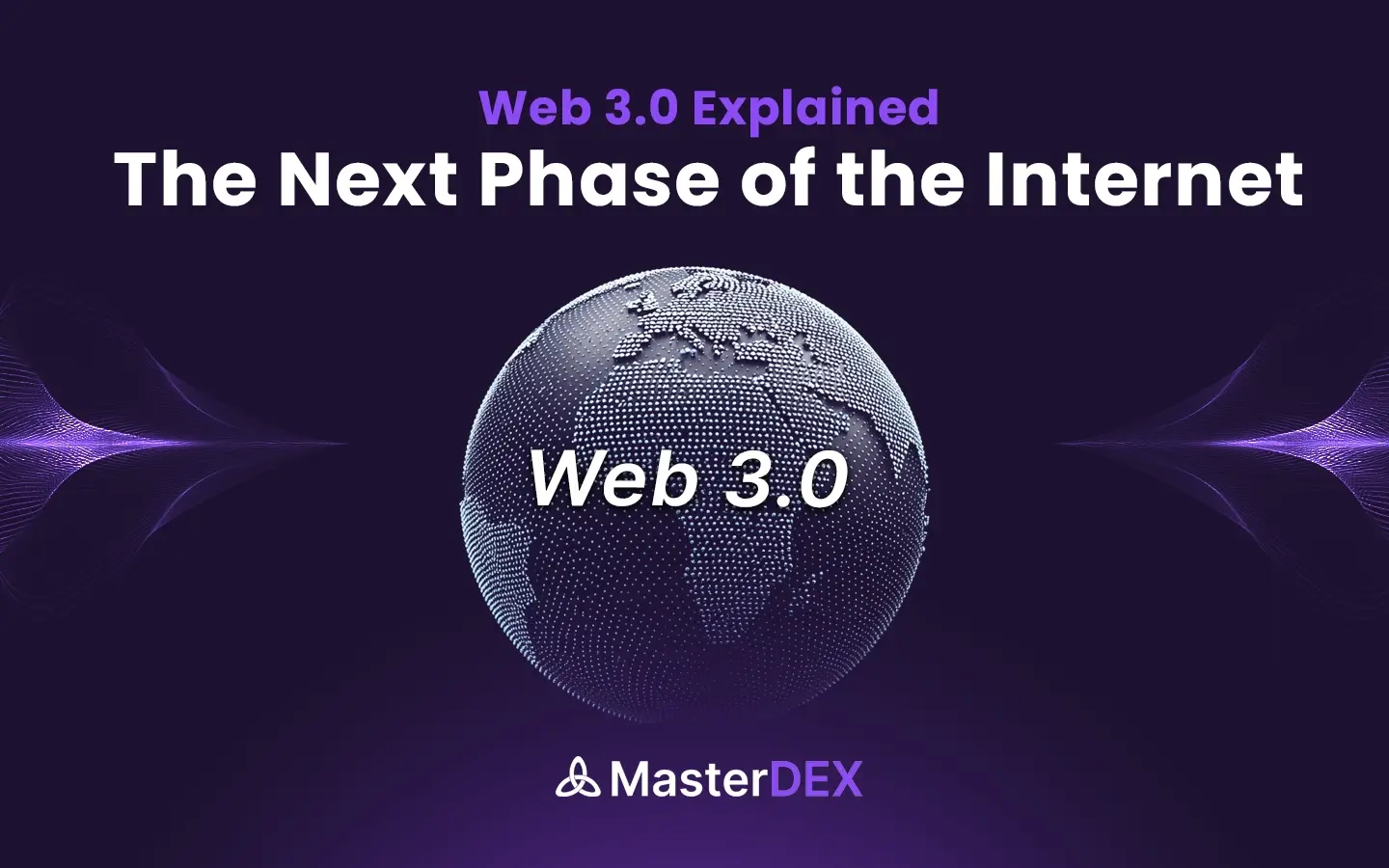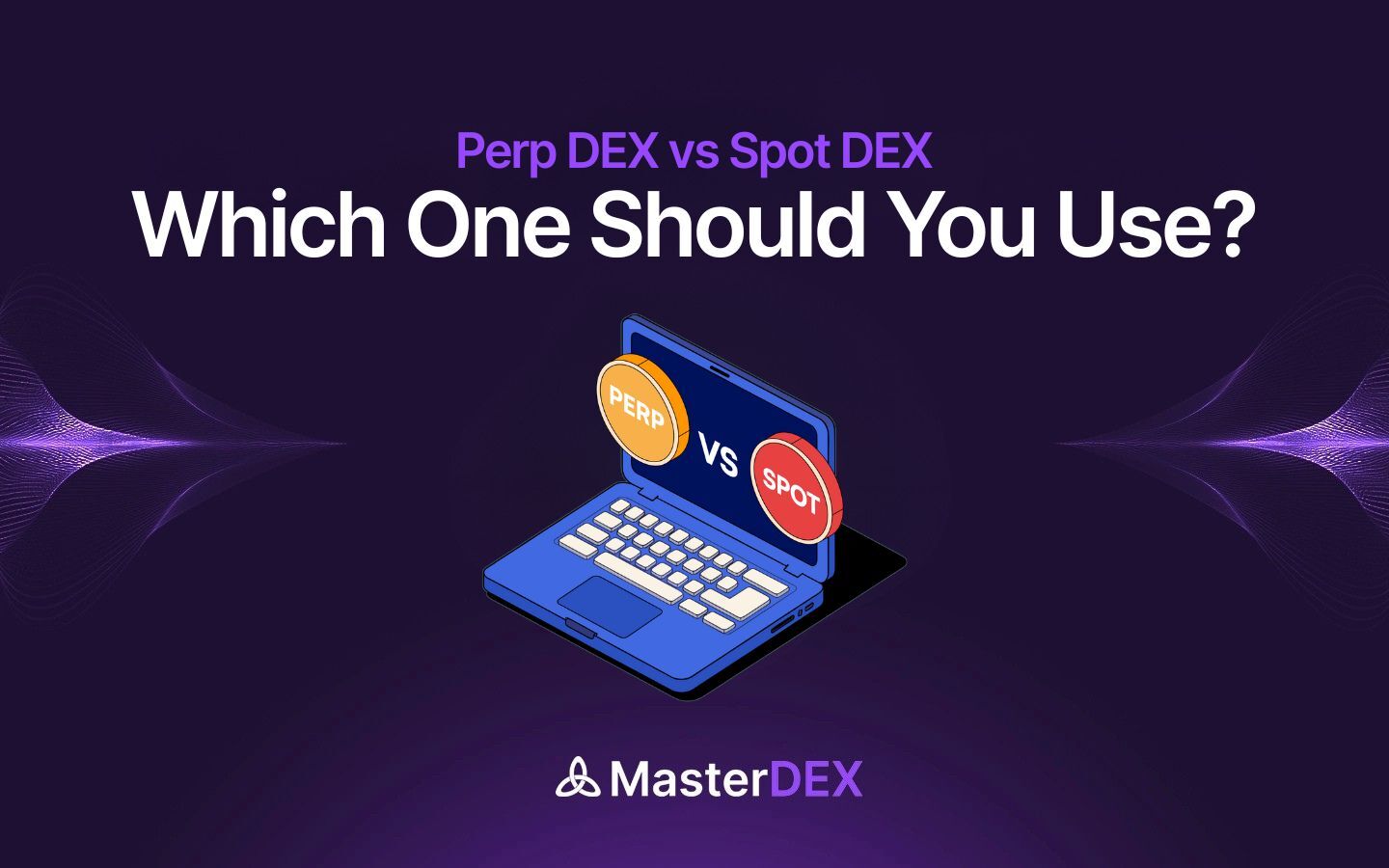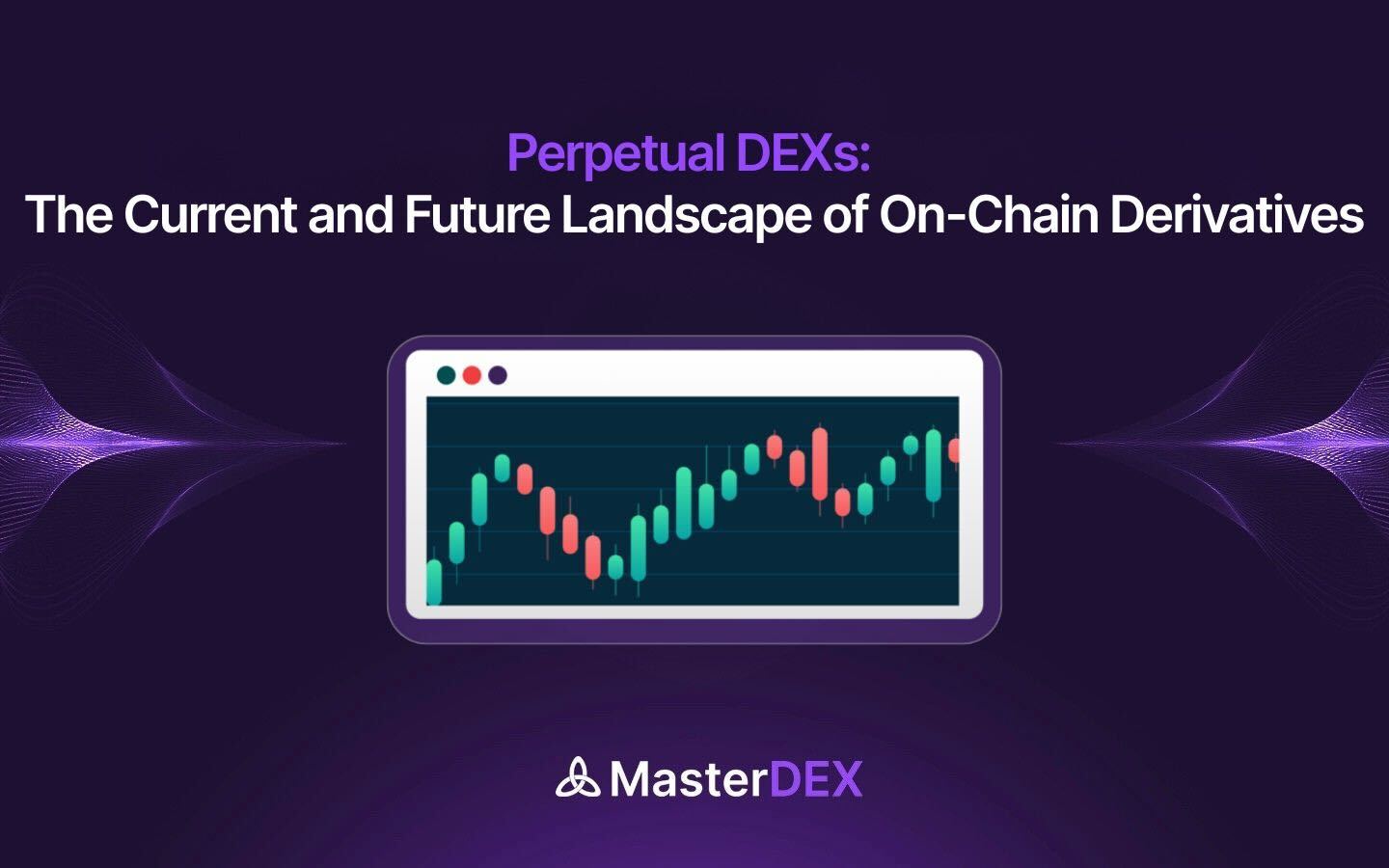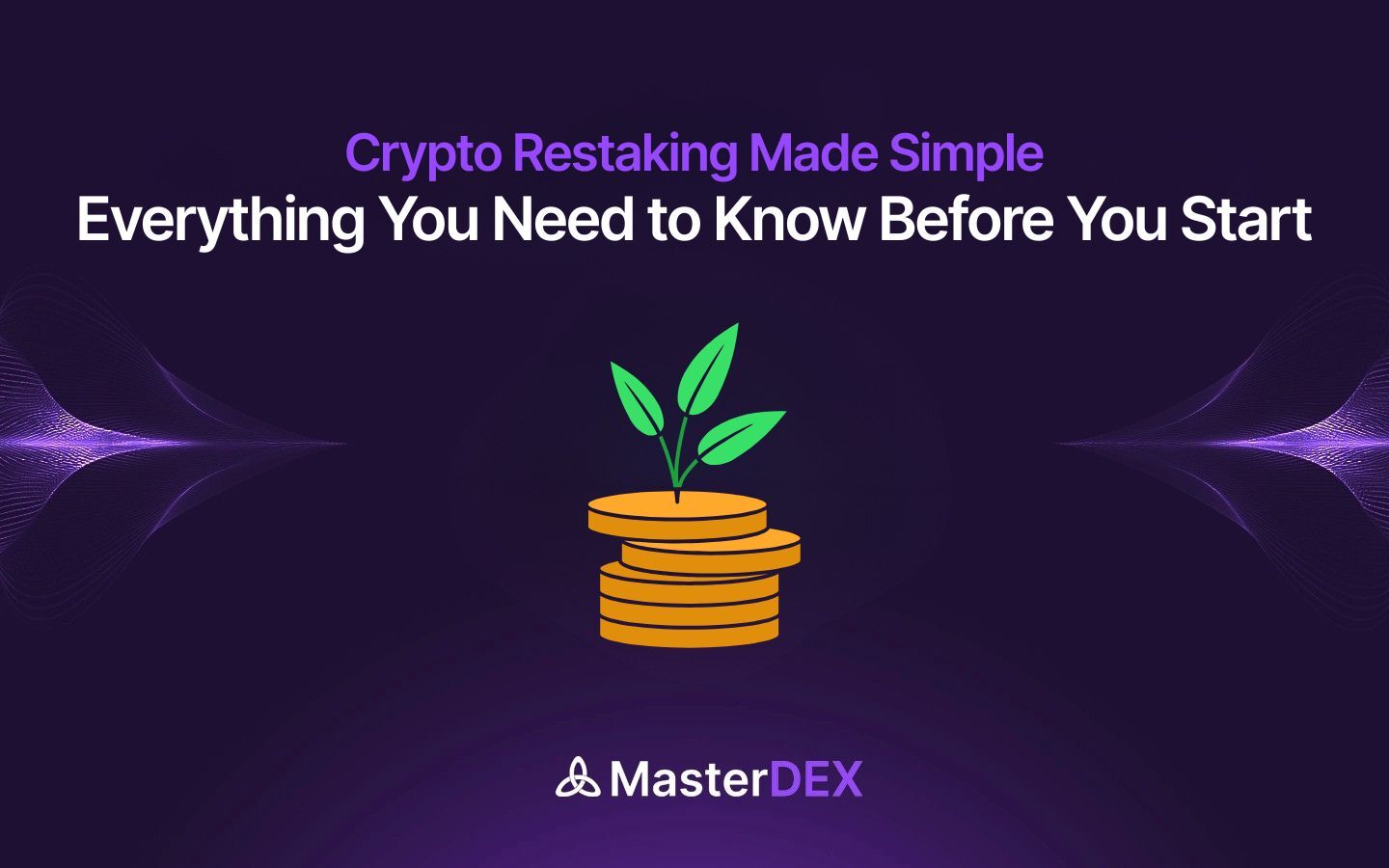The internet, as we know it, is evolving into something more advanced, intelligent, and user empowered. This next phase is called Web 3.0, and it is set to change how we interact, share, and control information online. Unlike earlier versions of the web, which were either read-only or dominated by tech giants, Web 3.0 introduces decentralization, personalization, and smarter systems powered by artificial intelligence and blockchain.
Table of Contents:
ToggleWhat is Web 3.0?
Web 3.0, also referred to as Web3 or the semantic web, is the third major phase in the evolution of the internet. It aims to create a decentralized and open environment where users have ownership of their data and digital assets. Instead of relying on central authorities like Google or Meta to manage data and platforms, Web 3.0 relies on blockchain technology to enable trustless systems. This means users can interact directly with each other without middlemen.
At its core, Web 3.0 is designed to be more user centric. Users not only contribute to the development and direction of online platforms but also benefit from their participation. Smart contracts, decentralized apps (dApps), and token-based economies all work together to give users a more meaningful and equitable online experience.
The Journey: From Web 1.0 to Web 3.0
To fully understand Web 3.0, it’s important to look at the earlier phases of the internet and how each one laid the foundation for the next.
Web 1.0 – The Static Web
Web 1.0 marked the beginning of the internet, a time when most websites were static and served as digital brochures. From 1991 to 2004, the internet was primarily a one-way medium. Content was created by a few and consumed by many. Personal blogs and informational pages were common, and interaction was limited to clicking hyperlinks or sending emails. There was no social media, no dynamic content, and no user-generated data being stored in centralized systems.
The design of Web 1.0 websites often included simple HTML structures with frames and tables. Information was stored on single servers, and communication between users and websites was minimal. It was an age of information retrieval, not interaction.
Web 2.0 – The Social Web
Web 2.0 emerged around 2004 and brought a shift toward user interaction, collaboration, and sharing. This was the era that introduced blogs, social media platforms, wikis, and online communities. Platforms like Facebook, Twitter, YouTube, and Wikipedia flourished because they allowed users to contribute, comment, and share content freely.
Unlike Web 1.0, Web 2.0 platforms were dynamic and responsive. Technologies like AJAX and JavaScript allowed web applications to update content in real time without refreshing the entire page. Users became creators and not just consumers. But with this participation came a new challenge: centralization. Big tech companies began collecting massive amounts of user data and used it to control online experiences, often without transparency.
Web 3.0 – The Intelligent and Decentralized Web
Web 3.0 builds upon the advancements of Web 2.0 while fixing many of its shortcomings. It introduces the idea of decentralization, where no single entity has control over user data. Instead, users store and manage their own data using blockchain networks. This means digital ownership is redefined—what you create or share online truly belongs to you.
In this new ecosystem, trust is replaced with technology. Smart contracts automate agreements between parties without needing third-party oversight. For example, if two users want to exchange services or digital assets, a smart contract on the blockchain can enforce the rules of that transaction automatically.
Artificial intelligence also plays a central role in Web 3.0. Machines are being designed to understand human language and context, not just keywords. This leads to better search results, more personalized content, and smarter interactions across digital platforms.
Comparative Analysis: Web 1.0 vs Web 2.0 vs Web 3.0
| Aspect | Web 1.0 | Web 2.0 | Web 3.0 |
| Time Period | 1991 – 2004 | 2004 – Present | Emerging (2020 onwards) |
| Core Nature | Static and Read-Only | Interactive and Social | Decentralized and Intelligent |
| User Role | Passive Consumers | Active Contributors | Owners and Stakeholders |
| Content Delivery | Served from central servers | Delivered via dynamic platforms | Distributed via decentralized networks |
| Technologies | HTML, HTTP, Static Files | AJAX, JavaScript, APIs | Blockchain, AI, Semantic Web, Smart Contracts |
| Data Ownership | Held by website owners | Controlled by tech companies | Controlled by individual users |
| Interactivity | Very Limited | High (comments, likes, shares) | Trustless, token-based, automated through smart contracts |
| Examples | Personal websites, online directories | Social media, blogs, e-commerce platforms | dApps, DeFi, DAOs, NFT platforms, Metaverses |
| Monetization | Ad banners (rare) | Platform-driven monetization | Creator-driven, token-based economies |
| Governance | Centralized website control | Platform governance | Community-driven, via DAOs |
| Security | Basic security features | Improved but still vulnerable to breaches | Enhanced via decentralization and encryption |
Technologies Behind Web 3.0
One of the most significant innovations in Web 3.0 is the use of blockchain and distributed ledger technology. These systems allow for secure, transparent, and tamper-proof transactions and data storage. Unlike traditional databases, blockchain doesn’t rely on a central server. Instead, it distributes data across many nodes, making it nearly impossible to hack or manipulate.
The semantic web is another foundational pillar. It enables machines to understand relationships between data and make logical connections. Instead of matching exact keywords, search engines powered by semantic web technology understand what you mean and deliver more accurate results.
Artificial intelligence and machine learning enhance this by allowing systems to learn from user behavior. Over time, the internet becomes more responsive and personalized, offering better recommendations, improved automation, and smarter services.
Advantages of Web 3.0
True Data Ownership and Privacy
One of the most empowering aspects of Web 3.0 is the shift in data ownership from corporations to individuals. In traditional Web 2.0 platforms, user data is collected, stored, and often monetized without explicit consent. Web 3.0 changes this dynamic by allowing users to retain full control over their data. Thanks to blockchain and decentralized identities, individuals can decide what to share, with whom, and for how long. This promotes a more respectful and secure digital environment.
Personalized and Intelligent Browsing
With the integration of artificial intelligence and semantic understanding, Web 3.0 offers users a smarter browsing experience. Search engines and platforms can understand user intent rather than simply matching keywords. This leads to highly relevant search results, personalized content recommendations, and an internet experience tailored to individual needs and preferences.
Transparent and Trustless Transactions
Web 3.0 eliminates the need for intermediaries in digital transactions. Using blockchain-based smart contracts, two parties can interact or make agreements without depending on a central authority. The contracts execute automatically when predefined conditions are met, reducing fraud, delays, and costs. This trustless setup is especially beneficial in industries like finance, supply chain, and legal agreements.
Monetization for Creators and Communities
Unlike Web 2.0, where platforms take the lion’s share of profits, Web 3.0 introduces models that reward users, creators, and contributors directly. Through token economies and decentralized autonomous organizations (DAOs), people can earn tokens for their participation and content. Whether it’s a musician sharing tracks or a developer contributing to code, Web 3.0 ensures fair compensation and ownership rights.
Enhanced Security and Resistance to Censorship
Since Web 3.0 is built on distributed networks, it is less vulnerable to centralized attacks or single points of failure. Data is stored across multiple nodes, making it harder for hackers to manipulate or shut down services. Additionally, decentralized platforms are more resistant to censorship, as no central authority can single-handedly control or remove content.
Greater Inclusion and Global Access
Web 3.0 also paves the way for broader inclusion. People in underbanked or underserved regions can access digital services through DeFi platforms without needing traditional banks. The internet becomes a level playing field, offering economic opportunities and access to tools that were once out of reach for many.
Disadvantages of Web 3.0
Higher Barrier to Entry
While Web 3.0 offers powerful features, it also introduces a steep learning curve. Understanding wallets, tokens, gas fees, and decentralized applications can be overwhelming for new users. Unlike the user-friendly interfaces of Web 2.0, many Web 3.0 platforms are still in early development and lack the simplicity needed for mass adoption.
Compatibility Issues with Older Devices
Advanced Web 3.0 applications require modern hardware and high-speed internet. Users with outdated devices or slower connections may struggle to access or run decentralized platforms smoothly. This digital divide could limit adoption, especially in rural or low-income areas.
Legal and Regulatory Uncertainty
The decentralized nature of Web 3.0 raises questions about regulation and accountability. Laws that were written for centralized institutions may not apply cleanly to DAOs, token economies, or decentralized finance platforms. This lack of legal clarity could lead to conflicts, misuse, or difficulty in resolving disputes.
Environmental Concerns
Certain blockchain technologies, particularly those that use proof-of-work consensus mechanisms, consume large amounts of energy. This has raised concerns about their environmental impact. Although newer, more sustainable methods like proof-of-stake are being adopted, the overall carbon footprint of blockchain-based platforms remains a challenge that must be addressed.
Risks of Public Exposure
Although blockchain promotes transparency, it can also expose user activity more publicly than traditional systems. While public ledgers can prevent fraud, they can also make it easier for third parties to trace transactions and identities unless proper privacy measures are in place. Without careful design, the balance between transparency and privacy can tilt in the wrong direction.
Over-Reliance on Connectivity
Web 3.0 thrives on constant, high-speed internet access. In scenarios where connectivity is poor or unstable, decentralized apps may struggle to function. This makes the entire ecosystem heavily dependent on global digital infrastructure, which isn’t evenly distributed yet.
Web 3.0 Use Cases
Although Web 3.0 is still in its developmental stages, its real-world applications are already beginning to take shape across a wide range of industries. From redefining finance to reshaping how creators monetize content, the use cases for Web 3.0 are varied, impactful, and constantly evolving. Below are some of the most promising areas where Web 3.0 is making a significant impact.
Decentralized Finance (DeFi)
One of the earliest and most transformative use cases of Web 3.0 is the rise of decentralized finance, or DeFi. Built on blockchain protocols, DeFi eliminates traditional financial intermediaries like banks and brokers, allowing users to lend, borrow, trade, and earn interest on crypto assets without centralized oversight. This opens financial access to anyone with an internet connection and a crypto wallet. While security vulnerabilities and regulatory uncertainties have posed challenges, DeFi continues to unlock new opportunities for global financial inclusion and innovation.
The Metaverse and Virtual Worlds
Web 3.0 offers a radically different vision of the metaverse—a decentralized, user-owned digital universe where individuals can interact, trade, socialize, and even work. Unlike the corporate-controlled metaverses being developed by tech giants, the Web 3.0 metaverse is open-source and community-driven. It allows users to own their virtual land, avatars, and digital assets through NFTs, and navigate immersive environments using VR/AR headsets or standard devices. The boundaries between reality and the digital world are blurring, and Web 3.0 is at the heart of this transformation.
Blockchain-Based Gaming
The gaming industry has begun to embrace Web 3.0, with blockchain games offering players ownership of in-game assets and the ability to earn real-world rewards. The idea gained traction with the rise of play-to-earn games like Axie Infinity. Although many early projects struggled to maintain sustainable economic models, the concept of player-owned economies is here to stay. Developers are now focused on building more engaging and enjoyable blockchain games that reward skill and creativity, not just early investment.
Decentralized Autonomous Organizations (DAOs)
DAOs are innovative, blockchain-governed organizations that operate without centralized leadership. They use smart contracts to enforce rules, distribute voting power, and manage resources. Anyone holding governance tokens can propose changes or vote on decisions, making DAOs a powerful tool for transparent, democratic collaboration across borders. Despite early missteps—such as governance tokens losing value—DAOs continue to represent a compelling model for startups, communities, and even large-scale projects seeking decentralization in operations.
The Creator Economy
Web 3.0 is also reshaping how creators interact with their audiences and monetize their work. Traditional platforms like YouTube, Spotify, and Instagram often take a significant cut of the revenue while retaining ownership of user data and content. In contrast, Web 3.0 platforms allow artists, writers, musicians, and developers to connect directly with their supporters. By using blockchain and NFTs, creators can sell unique digital products, offer gated experiences, or earn tokens every time their content is accessed or traded—ensuring they receive fair compensation and retain creative control.
Web3, Cryptocurrencies, and Protocol Interoperability
The architecture of Web 3.0 is inherently built on decentralized protocols, the same foundational elements behind cryptocurrencies and blockchain networks. This means that Web 3.0 services will seamlessly integrate features like automated payments, token economies, and smart contracts. Whether it’s facilitating microtransactions, creating censorship-resistant storage systems, or building cross-platform applications, the integration of blockchain and crypto into Web 3.0 will help reshape how digital infrastructure operates across every industry.
Next-Generation Content and Data Storage
In a Web 3.0 framework, peer-to-peer systems are being developed to replace centralized data storage services. This ensures that no single entity can censor or monopolize access to information. Platforms like IPFS (InterPlanetary File System) demonstrate how decentralized storage can be used for everything from hosting websites to sharing large files securely. This decentralization reduces the risk of data breaches, downtime, and manipulation, making it more secure and resilient.
Conclusion
As we move deeper into the digital age, Web 3.0 marks a transformative step toward a more intelligent, equitable, and decentralized internet. It challenges the norms set by its predecessors, placing users at the center of control, ownership, and innovation. While the journey is still unfolding—with technical, legal, and social challenges to overcome—the foundational shift is already in motion. From finance and gaming to content creation and governance, Web 3.0 is redefining how we interact online. Embracing this change means more than keeping up with technology—it means shaping the very future of the web. The next chapter of the internet isn’t just being written by developers and corporations; it’s being co-authored by all of us.



